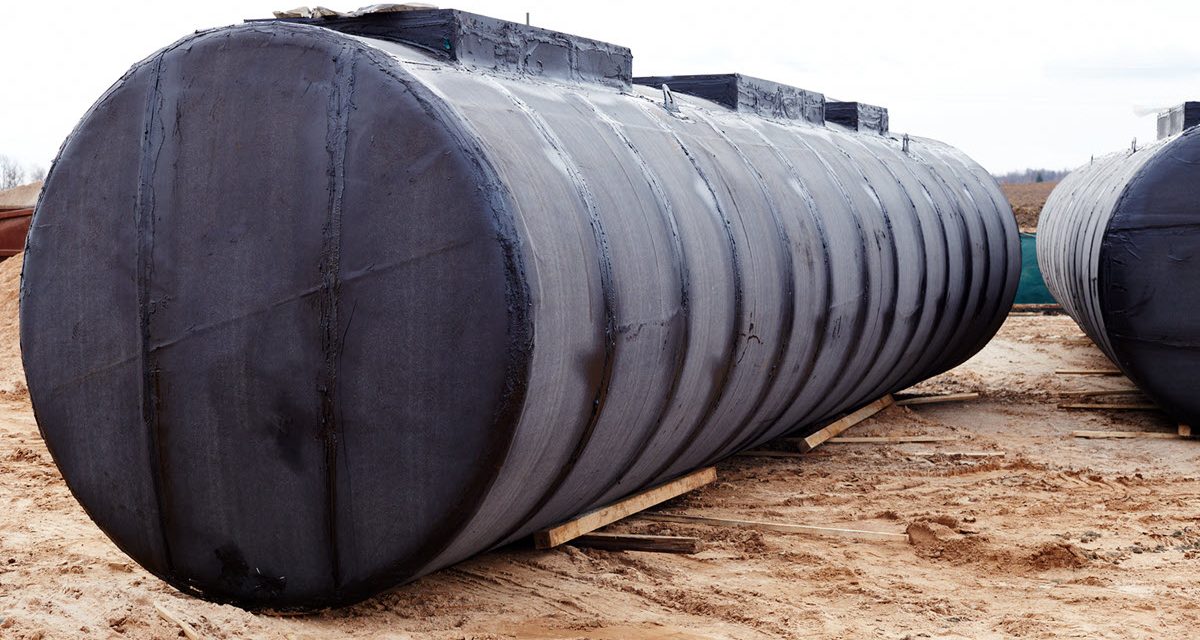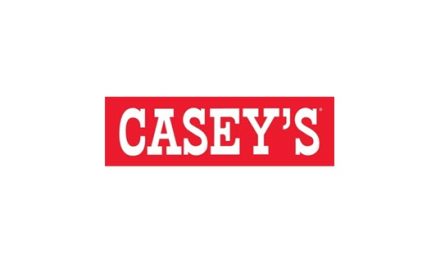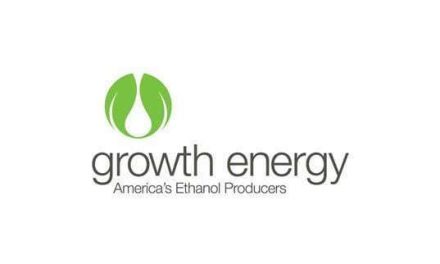Here are some pros and cons for UST owners to consider.
By Joe O’Brien
With more than 150,000 underground storage tanks (USTs) expected to hit the 30-year mark in the next decade or so, the fueling industry is embarking on a period of significant activity to address the aging vessels. UST owners face two basic choices—keep their tanks or replace them. There are pros and cons to both scenarios, each influenced by current dynamics in the market. With that in mind, here are some of the considerations particular to each scenario that UST owners need to weigh before deciding.
Keep the Existing Tanks
In addition to complying with the U.S. Environmental Protection Agency’s requirements for preventing and detecting UST releases, all active USTs must meet the EPA’s financial responsibility regulations. The rules require UST owners and operators to prove they “have the financial resources to clean up a site if a release occurs, correct environmental damage and compensate third parties for injury to their property or themselves.”
One common method for meeting financial responsibility requirements is state funding. Unfortunately, this source of funding isn’t as robust as it used to be. Fourteen states and territories either do not have an EPA-approved state fund or they have phased out funding to cover the costs of a new release.
Insurance is the other mechanism most used to demonstrate financial responsibility. However, obtaining coverage for tanks that are approaching or have surpassed their warrantied service life is becoming increasingly difficult. Outside of installing new USTs, there are some actions that may help owners of older tanks obtain or keep insurance. In the EPA’s “UST Technical Compendium: Financial Responsibility,” the agency reports these tips from insurance providers:
- Demonstrate compliance by maintaining thorough inspection, release detection and testing records
- Fully complete the insurance application
- Prepare for higher premiums and larger deductibles
- Install new piping, sumps and spill buckets, known as a tank-top upgrade
- Retrofit tanks with a double-walled interior
To help UST operators find willing insurance providers, the EPA compiled a list of carriers who may consider coverage. The list is based on information the insurance carriers provided to the EPA.
Install New or Refurbished Tanks
Many manufacturing companies have had to struggle with a shortfall of critical parts and materials due to recent supply chain issues, and UST manufacturing is no exception. According to one environmental consulting company, recent events that contributed to product delays include:
- A nationwide shortage of resin, which is used in fiberglass fittings, piping, tanks and glues
- A winter storm that crippled chemical processing, plastics manufacturing and steel production in Texas and Louisiana
Additionally, there is a limited pool of licensed professionals to meet the increased demand for UST installations, further complicating project timelines. According to the independent environmental claims management firm Pinnacle, the timeline for a tank replacement has ballooned from about 30 days to 6 to 9 months or even longer.
Even when the market is steady, costs to install new USTs are considerable. But when demand is high and supplies are low, costs escalate. It is estimated that the costs of steel or fiberglass tanks have increased 50% or more since the end of 2020. Bearing in mind that it typically takes 15 to 20 years before UST owners see return on their investment, tank owners may be reluctant to purchase new tanks for cost reasons alone. When you factor in the uncertainty surrounding what fuels and energy sources will be in demand in the future, the investment may be construed as risky.
Not surprisingly, a market for used tanks seems to be emerging. Tank owners need to be aware, however, that most states have explicit requirements for re-using a tank. Oftentimes, refurbished USTs need to be certified by an independent testing organization before they are installed. Preparing for an influx in used UST installations, California stated in an advisory document that Unified Program Agencies should consider modifying their installation permits, plan check policies and inspection processes to address the installation of used USTs. Finally, how insurance providers will respond to requests for coverage for refurbished tanks is unclear.
What operators can expect with UST replacements in the next one to two years is extremely difficult to predict. Speculation persists as to when supply chains will stabilize. Some suggest that as demand normalizes, supply chains will follow—possibly by the end of 2022. However, presuming the demand for USTs is steadily increasing, one has to question if stabilization is even possible for tanks.
There are signs, however, that support for motor fuels remains. Although EV infrastructure received its first meaningful financial support with the Bipartisan Infrastructure Law, support for biofuels hasn’t dissolved. According to the U.S. Department of Agriculture, $100 million in grants is being made available to fund biofuels infrastructure. If station operators can tap into these funds to upgrade and install new tanks that are approved for storing ethanol blends E-15 and greater or biodiesel blend B-20 and greater, a more cost-effective pathway toward meeting financial responsibility and sustainable business operations may in fact be viable.
 Joe O’Brien is vice president of marketing at Source™ North America Corporation. He has more than 25 years of experience in the petroleum equipment fuel industry. Contact him at [email protected] or visit sourcena.com to learn more.
Joe O’Brien is vice president of marketing at Source™ North America Corporation. He has more than 25 years of experience in the petroleum equipment fuel industry. Contact him at [email protected] or visit sourcena.com to learn more.








